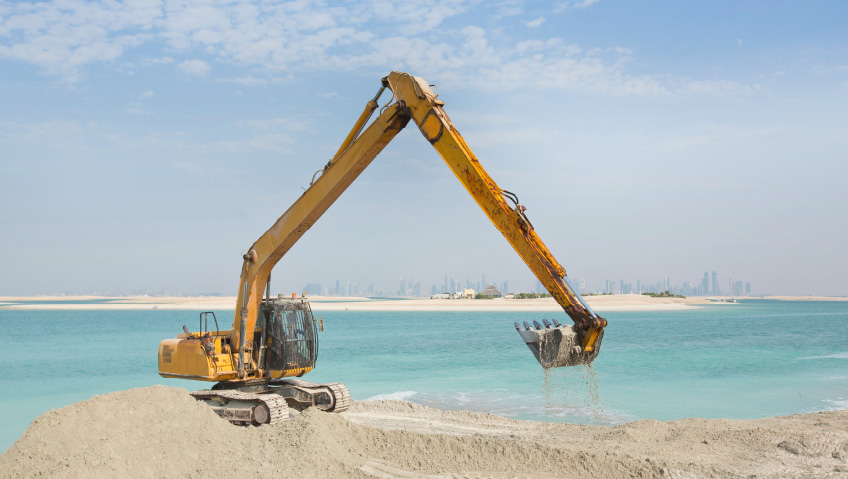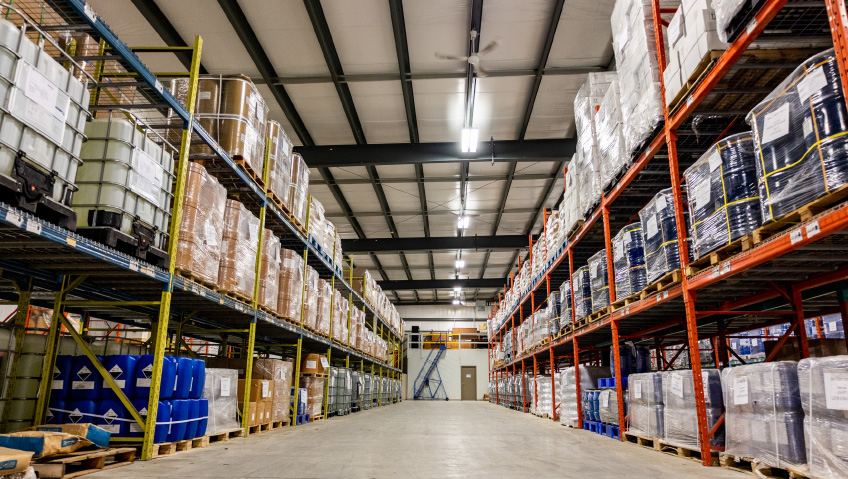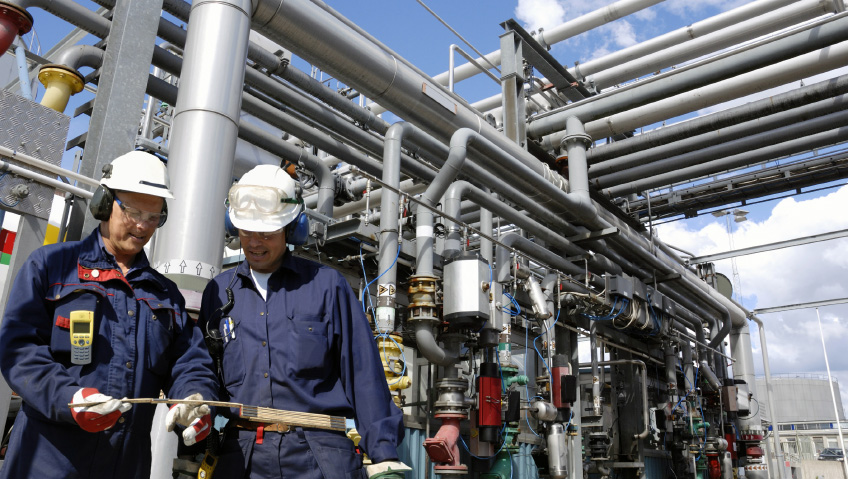When William Blake wrote the phrase “to see the world in a grain of sand” in 1803, one wonders whether he could have fathomed that, deep into the future, the world as an economic entity would one day quite literally pivot on the availability of that grain of sand—the availability of which is currently in the balance.
While the shortage of sand is causing a price increase on glass and other related commodities, the addition of recycled glass to concrete could result in solving its shortage while rendering stronger concrete. Here, we take a closer look at the widespread sand shortage and how it is driving interesting innovation—especially in Singapore.
While Singapore has seen mountains of sand imported from places like Indonesia, Cambodia, and elsewhere as it extended its geographic footprint by around a quarter in just half a century, its supplier countries have since placed severe restrictions on sand exports to protect what natural environments have not been irreversibly damaged by mining sand for Singapore. While the particular type of sand used to enlarge the island of Singapore is unsuitable for construction, the mining and rebuilding process has placed a spotlight on just how damaging sand mining is to the ecological well-being of countries that export it as a commodity. With natural disasters on the rise, developing intelligent solutions is imperative to the future safety of humans and ecologies.
As construction experts know, there is more to the deceptively humble sand grain than many people beyond the industry could likely imagine. That is because desert sand is too fine to use in concrete, and sea sand is often too round and contains salt. The best sand for construction is typically required to be sodium-free to maintain the integrity of concrete matrixes over time without damaging any metal insertions, and its surface must be faceted to enable stronger molecular bonds within concrete mixtures. As a result, the most ideal sand for building is typically pumped from freshwater subaquatic sources like rivers. However, these resources are limited, and over-mining has tremendously negative consequences on the environment.
So, who are the biggest sand users in construction? Some experts point toward China as one entity responsible for shortages as it continues constructing its controversial Belt and Road Initiative (BRI), founded in 2013. The project endeavours to connect three continents with gargantuan alternative routes. Akin to the Silk Road of old, potentially bypassing geopolitical hotspots and safeguarding global trade by creating what has become popularized as Afro-Eurasia, the project is tagged to take years to complete. Yet, others point out that global construction trends overall are responsible for the world’s sand shortage.
So where did all Singapore’s own sand go, and will it continue mining? While it is, to date, an active participant in China’s BRI, in what the two nations call the China-Singapore Demonstration Initiative on Strategic Connectivity or the Chongqing Connectivity Project, the country may be forced to change its take on sand mining. Currently, its least destructive solution is to turn to science and technology to incorporate recycled materials into concrete substrates that will, hopefully soon, be applied in 3D printing construction.
Some alternative additions include glass, plastic, fly ash from power plants, and, in some cases, rock dust obtained from quarries. One university involved in the process, Singapore’s Nanyang Technological University, states that glass is a typically underutilized material in recycling, making it easily obtainable and practical to use. To illustrate, in 2021, less than 15 percent of the average 74,000 tonnes of glass waste re-entered the supply chain, according to the country’s National Environment Agency. But Singapore is not the only country in search of solutions.
To ensure that concrete safety standards are met—and disasters like the United Kingdom’s Reinforced Aerated Autoclaved Concrete (RAAC) nightmare are avoided—thorough research and testing are underway. Developed around the 1930s in Sweden, RAAC increased in popularity in the United Kingdom when the country started expanding its infrastructure after WWII. Typically made from a mixture of cement, lime, water, and sand, and aerated by the addition of aluminum particles causing a chemical reaction that infuses the mixture with hydrogen gas, RAAC was used mainly for its good insulation properties and lower density—and therefore light weight. Varying in shape and size, according to the application, the blocks and slabs come in various grades, with more foamy blocks being weaker than those containing less aluminum and therefore gas.
Unlike reinforced concrete, which starts cracking and popping when rebar starts rusting due to expansion caused by eroding environmental contaminants like sea air and/or water, the breakdown of the RAAC mixture’s dried matrix is nearly invisible to the naked eye as the natural porosity of the material offers significant give to the expansion of rusting metal, thereby absorbing any changes in the size of rebar that may occur. The dangers of its use were realized after the collapse of a roof in a British school in 2018, and authorities are now opting for safety rather than taking chances. Now, Guardian News reports that 100 schools featuring the material have been closed as part of this national safety drive, with possibly thousands of other public buildings and even homes to be closed.
In the meantime, replacing sand in concrete with the addition of glass is being researched. According to research published by Feras W. Al-Awabdeh et al, replacing half the weight of a sand mixture with glass granules treated with a silane-based bonding agent achieves a nearly 90 percent improvement in the mixture’s water resistance. However, the addition appears not to fare so well when it comes to the 28-day compressive strength test, where samples exhibited reduced resistance. In contrast, a one percent increase in compressive strength was obtainable through the addition of untreated powdered glass. Furthermore, the report claims a 25 percent increase in concrete splitting tensile strength by replacing half of a mixture’s sand content weight with the same in glass powder.
In findings published in 2021, polymer plastic also performed surprisingly well—especially on ultrasonic testing. In addition, compressive tests on concrete mixtures containing the material in the form of recycled polyethylene terephthalate fibers proved that it provides sufficient strength to such mixtures. While this material also adds good insulation to concrete alongside environmental benefits like keeping it out of landfills for a while longer, the verdict remains out on whether it can replace sand in concrete mixtures entirely.
So, the search is still on for a sustainable replacement for sand in construction, but at least it’s an active field, and manufacturers, universities, and safety code developers have more technology available than ever to support testing new ideas, materials, and methods. This will hopefully allow us to avoid future disasters on this front, and to help safeguard the planet from further damage. Because the price of destroying natural systems is, clearly, too high to bear.






